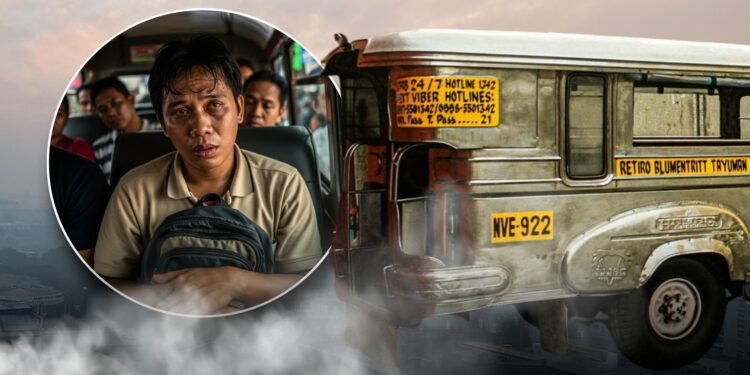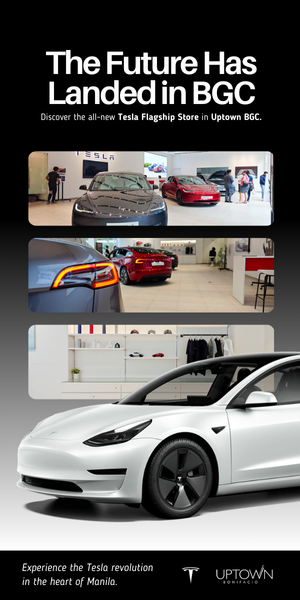Breathing should not feel like hard work, but in Metro Manila, it often does. Many residents report constant fatigue, even on days when they do not exert themselves.
The culprit is not laziness or routine stress — it is the very air they breathe. Polluted skies filled with fine particles, heavy traffic emissions, and stagnant humidity slowly drain energy from the body. This exhaustion is invisible, but its toll is real and rising.
Air pollution quietly drains oxygen from your body
Metro Manila’s more than 13 million residents live with air quality that often exceeds global safety standards. Invisible PM2.5 particles, released by vehicles and industrial sources, enter deep into the lungs and bloodstream.
They have a lower oxygen supply, which makes even simple daily routines feel exhausting. This means you can feel weak and drained without physical activity, because the body struggles to get the air it needs. The health consequences go further. Long-term exposure to these particles increases risks of asthma, cardiovascular disease, and even premature death. Globally, 8.1 million people died in 2021 due to poor air quality, making pollution more deadly than smoking or high blood pressure.
Traffic pollution leaves more than just gridlock
The city’s traffic nightmare creates more than lost hours. Up to 95% of air pollution in Metro Manila comes from vehicles, especially jeepneys, buses, and diesel trucks.
Black carbon soot and exhaust fumes mix with humidity, intensifying the suffocating effect. Instead of refueling with every breath, commuters inhale a cocktail of particles that quietly wears them down.
The economic cost of this problem is staggering. Pollution-related illnesses, lost productivity, and medical expenses drain about US$87 billion annually from the Philippines.
Yet the most personal cost comes daily — tired bodies, weaker lungs, and less energy for work, school, or family life.
The hidden fatigue crisis in the capital
Fatigue in Metro Manila has become a public health crisis disguised as everyday tiredness. Hotter days caused by urban heat islands worsen the problem, raising heat indices above 42°C.
When combined with dirty air, this makes the body work harder just to stay cool and oxygenated. The result is exhaustion, dizziness, and greater risks of heat-related illness. Communities across the city feel this daily. Jeepney and tricycle drivers, vendors, and outdoor workers often report that heat and pollution leave them drained before noon.
For many, every breath taken in congested streets is already a battle against fatigue and dehydration.
Why cleaner air means more energy for everyone
Addressing air pollution is not just about cleaner skies. It is also about giving people back the energy stolen from them every day.
Cleaner transportation policies, stricter emissions controls, and the modernization of public vehicles can significantly reduce the smog blanketing the city.
Real-time air quality monitoring initiatives, like those pushed by Breathe Metro Manila, help make invisible threats visible. When people know what they are breathing, they can demand stronger policies and make safer choices.
Cleaner air would mean fewer hospitalizations, lower economic losses, and most importantly, stronger, more energized communities. In Manila, feeling tired without doing anything is not normal — it is a warning.
The air is slowly exhausting the city, and the solution lies in clearing it before it drains more than just our lungs.












